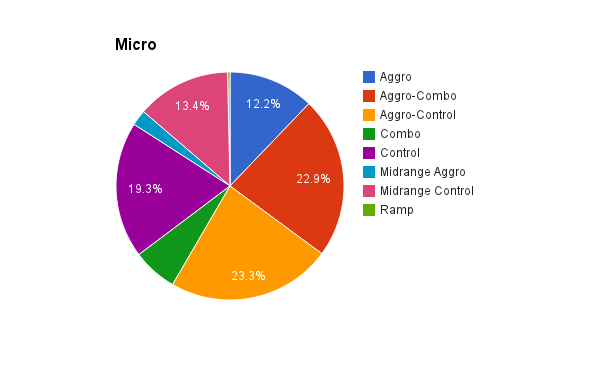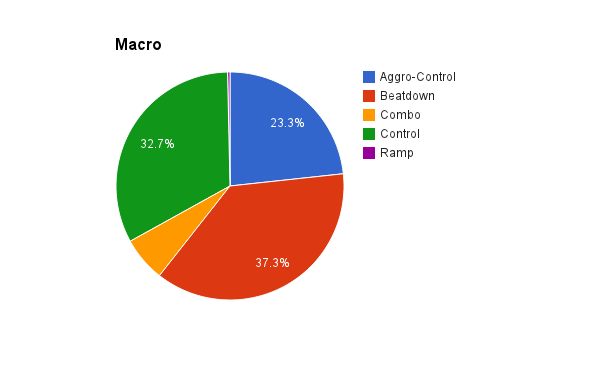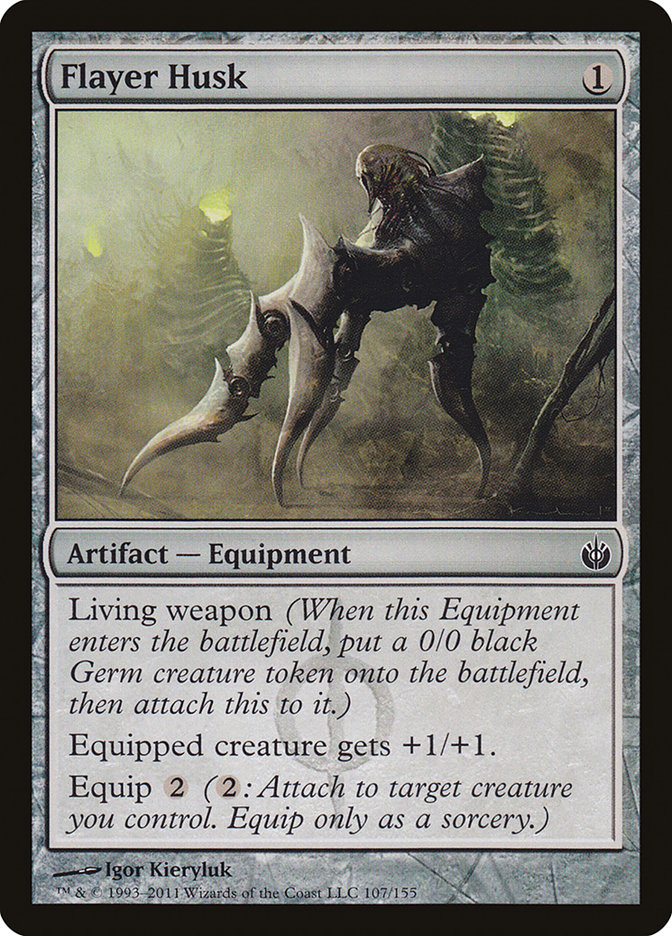This past weekend the best in the world battled it out in Draft and Modern at Pro Tour Born of the Gods. The newest release was on display (in Limited if not Constructed). Pauper’s Premier Events went on at the same time, but those lists will not be readily available until after this article leaves my control. In light of this lull, I thought now would be a great time to reach out to the audience for questions through Facebook and Twitter.
That’s right. In case the title wasn’t a dead giveaway, this is a mailbag column.
Jose Carlos Garrido wanted to know about my favorite Affinity list. He also asked how to get free cards, but sadly I don’t have advice on that front (except to win and use the winnings to purchase more cards).
Affinity has consistently been the second best deck in Pauper since Modern Masters provided the deck with Perilous Research. Combined with Ichor Wellspring, the instant allows one to turn old investments into new resources. So of course my favorite Affinity list ignores both of these cards:
Creatures (16)
Lands (18)
Spells (26)
Sideboard

Bing Luke’s take on Affinity eschews the morbid combo in favor of Flayer Husk. This changes a few things in the deck. First, it removes Ichor Wellspring, which on its own does nothing beside draw a card. While fine with Atog, these artifacts are awkward without a sacrifice outlet. In a streamlined deck with a laser-focused goal, having a card that does not advance your game plan in some way is a wasted slot. Compare this to Prophetic Prism, which not only draws a card but helps to fix mana in a deck with four colors after sideboarding.
Flayer Husk may not seem impressive, but it does a lot in this deck. It comes down on turn 1 and feeds affinity. It shines in the mirror, where not only does it block turn 2 Carapace Forgers but also makes your Carapace Forgers and Myr Enforcers win combats with those of the enemy. This in turn makes later attacks involving Atog far more difficult since your army may not only be made up of larger creatures; thanks to the Equipment saving the rust-spotted hides of your army, you will have a larger strike force than your adversary. If I were to play Affinity I would play this list – it has fewer dead cards and a great trump for the mirror.
@nerdtothecore What deck(s) do you think are great entry point decks for someone looking to get into pauper?
— Erik Tiernan (@Erik_Tiernan) February 20, 2014
I get this question a lot, and I wish I had an easy answer. My short answer is Goblins since it provides a competitive option that can be acquired for a relatively low cost.
Creatures (31)
- 4 Goblin Cohort
- 4 Mogg Flunkies
- 3 Sparksmith
- 4 Mogg Raider
- 4 Goblin Sledder
- 4 Mogg Conscripts
- 4 Mogg War Marshal
- 4 Goblin Bushwhacker
Lands (17)
- 17 Mountain
Spells (12)
Sideboard

Goblins is a robust deck that rewards practice and also has a solid matchup with one of the top decks in the format (Delver Blue). Being red gives it access to terrific hate for Affinity out of the sideboard. It makes acquiring new cards very easy since every new set simply requires a ctrl+F for Goblin.
The longer answer to this query is to understand what kind of game you want to play. Pauper is a diverse format with decks of all stripes. The best advice I can offer if you are looking to get into Pauper is to find a style of deck you like playing most and then find the best analog.
- Aggro-control or tempo lovers should try Delver.
- Combo players can play Esper Cloud of Faeries decks.
- Control lovers can try their hand at Izzet Control or Dimir Teachings.
- You like Tron? We have Tron!
- There’s even a Burn deck!
The possibilities are not endless, but there are quite a few. And if something isn’t there, there’s no reason you can’t brew up your favorite.
Michael Jenkinson wanted to know what card I would choose if I could make any card common to improve the format and make it more fun. I would honestly love if the original dual lands (or heck even the pain lands) were common. One deck that has been historically underrepresented in Pauper is multicolor aggro. This is due in no small part to the lack of good lands that produce multiple colors of mana on turn 1. Making this change would open up a huge swath of deck design options and provide incentives to pursue some of the powerful unplayed gold cards like Blightning.
Jumping off of this point, if I could remove any card currently, it would probably be Cloud of Faeries. Cloud of Faeries was a card I had my eye on during the last round of bans, and it has proven to be a key card in the top deck (Delver) and best combo deck (Esper Combo). Like Frantic Search, this card can generate quite a bit of mana. Unlike the instant, Cloud doubles as a threat and fuels Spellstutter Sprite. If this card is removed, Delver gets worse (while remaining a top deck) but combo gets the rug pulled out from under its feet, so I don’t know if this change would be a total net positive. If you have thoughts, I’d love to hear them.
@nerdtothecore ways to not have hexproof have such a terrible time against blue decks 🙂
— Chad Quiett (@Chaddy_Q) February 20, 2014
Creatures (17)
Lands (19)
Spells (24)

Hexproof is a solid aggressive choice that Modern adherents should recognize. I have found that against blue decks I’m able to stick my threats by simply having more than they have counters. This comes at a price, as it reduces the potential number of Auras in the deck. Some options to fight blue decks include the following.
Khalni Garden provides an uncounterable creature. Sure, it has no power, but your deck is all about granting positive buffs. If they counter all your threats but you can stick a Rancor or Ethereal Armor on a Plant token, that little ball of chlorophyll can still go all the way.
Qasali Pridemage provides a threat that is large enough on its own that can also take out one of blue’s best blockers in Spire Golem. The Pridemage also has the added benefit of increasing your giant monster without being an Aura. In a pinch, it can also wear a Rancor (sound familiar?).
Spider Umbra provides a cheap way for your creatures to block the flying armies of blue decks. Leaf Arrow or Plummet can help kill their flyers (which make up most of their decks) and give you the time to survive.
The best way to beat blue is by playing around their answers. This is difficult since the lists are not unified. Some decks run Daze, while others ignore it entirely. In turn, waiting for an extra land drop could give the Delver enough time to stick a threat and start going to town. Playing more threats helps since it can let you overload, but as mentioned this is risky.
All this being said, I still believe a strong hexproof pilot has a fair matchup against the blue decks. Sticking a threat that they cannot remove goes a long way, and eventually they won’t be able to chump block the Slippery Bogle.
@nerdtothecore How do you guys manage your collection for Pauper? Just bought into the expensive staples? Buy them as you want to play 'em?
— zachary (@zvazda) February 20, 2014
@nerdtothecore And I guess, tangential to that, you just switch decks as often as you feel like switching, right?
— zachary (@zvazda) February 20, 2014
I can’t speak for others, but I manage my collection by going out and getting all the commons I think I will need from a new set during release week. This usually runs about $2 for small sets and $5 for larger sets (although core set buys tend to be closer to $2). What if you’re just buying into the format? I would invest in one deck (Goblins perhaps) and learn the deck inside and out. I would then use the winnings to finance buying some of the more expensive staples.
The important thing to know is when to buy. A lot of the commons from short "print run" sets (like Serrated Arrows) can be pricey, and cards like Daze have a price pushed high from Legacy. For cards like these, I would watch for Flashback Draft Weeks—the money commons from these sets tend to drop in price at these times, making them easier to acquire. Still, for some cards you may just have to bite the bullet and pick them up at full price.
As far as switching decks, it depends on your collection. If you acquire cards as they come out and go down in price, then it is not hard to imagine a digital collection of every Pauper deck. I do know people who sell out of a deck to buy another. Going this route, I would try to keep at least one aggressive and one controlling strategy to provide reasonable options for a wider swath of metagames.
Switching decks is actually something I do far too often. I will stick with a bad deck I like far longer than a good one I hate, and I don’t like many decks. This in turn leads me to abandoning some lists before I have fully explored all the interactions and lines of play. It is something I am working on and hopefully will yield positive results.
The final question comes from Rainer Kurdum, and he asked about my thoughts on the current metagame. I track this data daily on my Facebook page and have watched it take shape. I recently ran the numbers on what I called the Theros season (only using those weeks that had Premier Events fire), which ran from January 8th until February 11th. This is a relic of me tracking information from Wednesday to Wednesday.
Some things that I thought I knew were confirmed, such as Delver being the most popular deck. Affinity was the second most popular deck but was also the best performing deck, average 3.8 wins per appearance as opposed to Delver’s 2.6 (although this may have its roots it Delver’s popularity). Breaking it down further, I saw some interesting trends. This first chart breaks down the ways the decks in the format play.

From this we can see that aggro-control (or Delver) is the most popular strategy. Aggro-combo, decks like Affinity, Elves, and Nivix Cyclops, occupies the second most popular slot. The best performing strategy however has been control, with an average of 3.6 wins per appearance. This number is buoyed by the strength of Izzet Control, which won a number of Premier Events and made deep runs in others.
What about a larger picture? This next chart widens the mouths of the buckets a little bit:

Looking at this chart, being aggressive is a popular option. Combining aggro, midrange-aggro, and aggro-combo into one bucket gives us a very offense-oriented metagame. This is important. Much of the time when people think of Pauper, they think of Delver Blue, but the fact is Delver (the lone aggro-control) occupies the third most popular option. To wit, coming prepared for creatures might just be more important than coming prepared for Delver.
As before, control is the best performer with 3.4 wins per appearance. Beatdown is second with 3.1 wins per appearance, while combo is barely third with 3 wins per appearance (the equivalent of winning an eight-person queue). The picture painted by this information tells us that while Delver is popular it may not be the best strategy. Rather it appears that being a true control deck that can handle both beatdown and Delver is the correct choice at the moment.
I want to thank everyone for submitting questions. It’s always nice to hear from other voices and think about the format in new and interesting ways. These just prompted me to examine the data and my own play tendency. It’s amazing what a good question can do. I look forward to doing this again down the road and hope you are as well.

